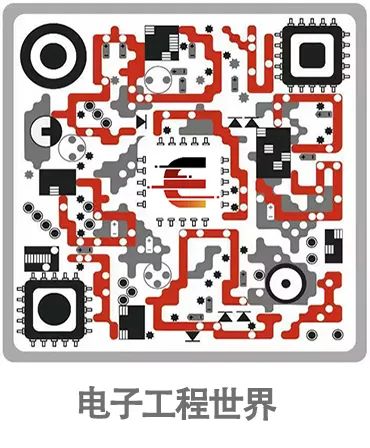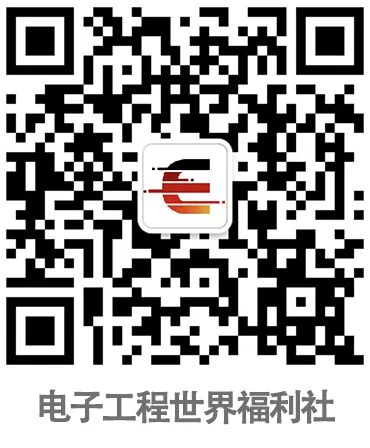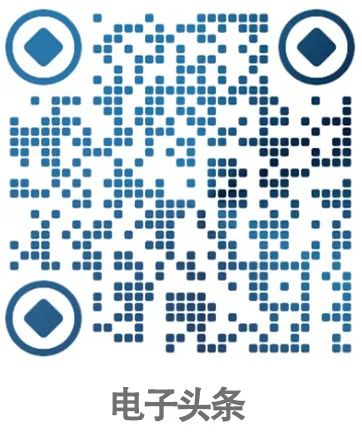▲ For more exciting content, please click on the blue words above and follow us!
The open-source electronics platform Arduino recently announced that it has completed a $32 million Series B funding round, led by Robert Bosch Venture Capital (RBVC), with participation from Renesas Electronics, Anzu Partners, and ARM. The company revealed plans to use this funding to enter the enterprise market, “providing enterprise-level applications for the next generation of professional engineers.”
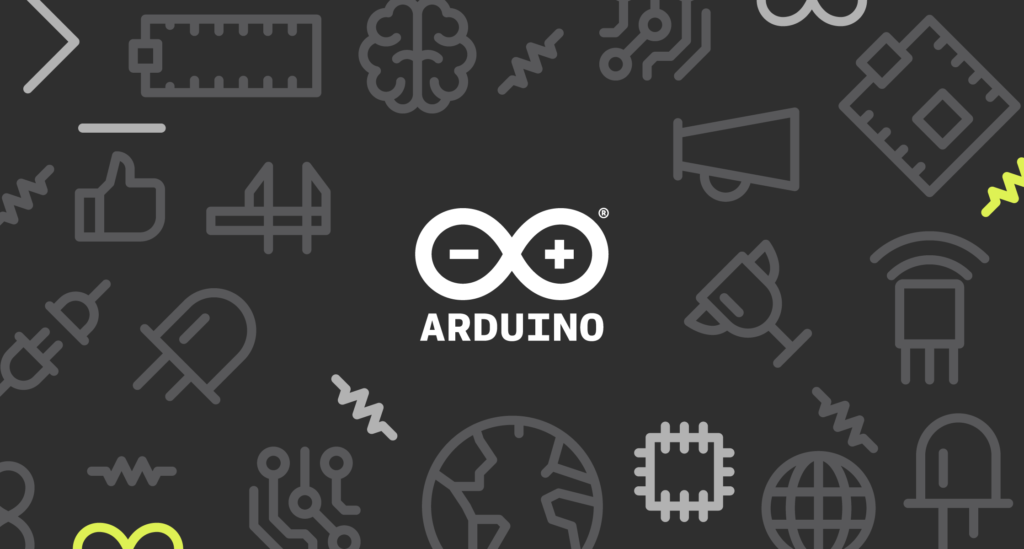
Arduino co-founder and CEO Massimo Banzi stated that many engineers from Generation Z and millennials around the world have grown up alongside Arduino. They are accustomed to Arduino’s open-source hardware and software, as well as cloud services; as they enter the workforce, their related needs will also be brought into the enterprise.
“As the new generation of engineers enters the labor market, the way enterprises solve contemporary challenges and discover new opportunities is rapidly evolving. Through this investment, we are developing and providing a range of new dedicated enterprise solutions to drive this transformation.” According to the introduction, the company plans to use this funding to further advance ongoing projects, including:
-
Providing professional low-code cloud services to accelerate the development and deployment of IoT applications to meet industry demands. -
Offering new solutions for smart edge design, including new system modules. -
Creating and integrating new AI capabilities for designers. -
Enhancing global capabilities from prototyping to production by expanding its existing systems integrator partner program.
While some people find it strange that the company is transitioning from the hobbyist/education market to the enterprise field, in fact, we have seen a large number of existing development boards integrated into workplace solutions over the years.
In addition, Arduino claims that its core values have not changed. “We were, and will always be, advocates of open-source solutions. Because they promote accessibility, because we believe in bottom-up innovation, and because it is the right thing to do in a world full of inequality… After establishing this new strategic direction, we will strive to focus on larger organizations; while maintaining our commitment to provide the most innovative tools for makers and students. We will always stand by the future innovators.”
Chris Allexandre, Senior Vice President of Renesas Electronics, stated: Arduino has a unique opportunity to expand its already strong engineering community and easily enter the enterprise market. We are excited to support them in expanding their customer base and assisting in their plans to build a disruptive enterprise platform.
The Origin of Arduino

In the cold winter of 2005, students of teacher Massimo Banzi complained again about the difficulty of finding affordable and easy-to-use microcontrollers.
Coincidentally, a Spanish chip engineer came to the school as a visiting scholar, and Massimo Banzi discussed this issue with him (David Cuartielles).
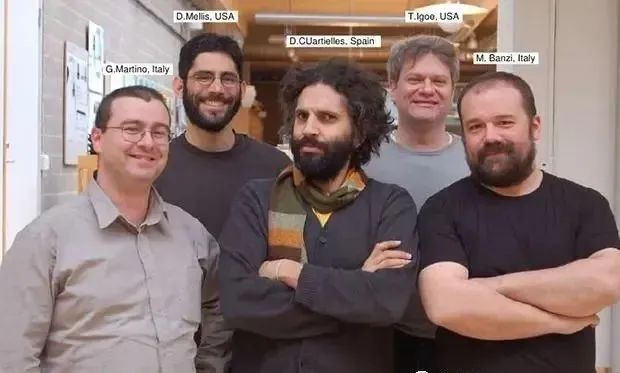
Arduino Founders Team
After some discussion, the two decided to design their own circuit board and brought in the questioning student David Mellis to work on the programming language for the circuit board design.
Two days later, David Mellis wrote the code, and three days later, the circuit board was completed.
Why is it called Arduino


Ivrea
Ivrea, a picturesque town in northern Italy, spans the turquoise Dora Baltea River, and Arduin is the count of Ivrea’s border.
In 1002 AD, King Arduin became the ruler of the country, but unfortunately, he was overthrown by German King Henry II two years later.
Today, there is a bar called “di Re Arduino” on the cobblestone street commemorating this king.
One of the founders of Arduino, Massimo Banzi, often visits this bar, and to commemorate this place, he named the circuit board Arduino.
Arduino is a masculine name in Italian, meaning “strong friend”. As a proper noun, Arduino is always capitalized, while the model name Uno is only fully capitalized in the icon on the PCB.
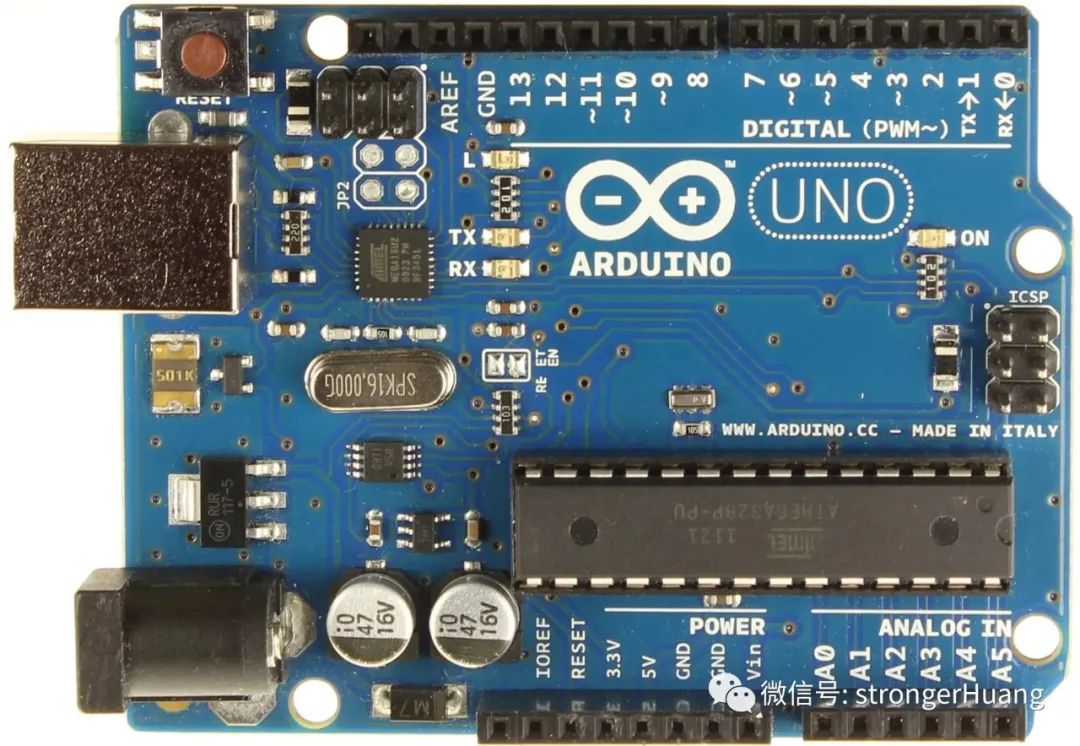
Arduino Uno
Due to the simplicity and ease of use of this board, almost anyone, even those without programming knowledge, can use Arduino to create cool things, such as responding to sensors, blinking lights, and controlling motors. Banzi planned to market Arduino for sale.
Unfortunately, Professor Banzi was not good at business; after five hard years, the company faced bankruptcy. Professor Banzi did not want Arduino to end like this, so he decided to open-source Arduino and make the hardware cheaper.
Unexpectedly, after becoming open-source, Arduino quickly spread and became one of the most mainstream open-source hardware platforms.
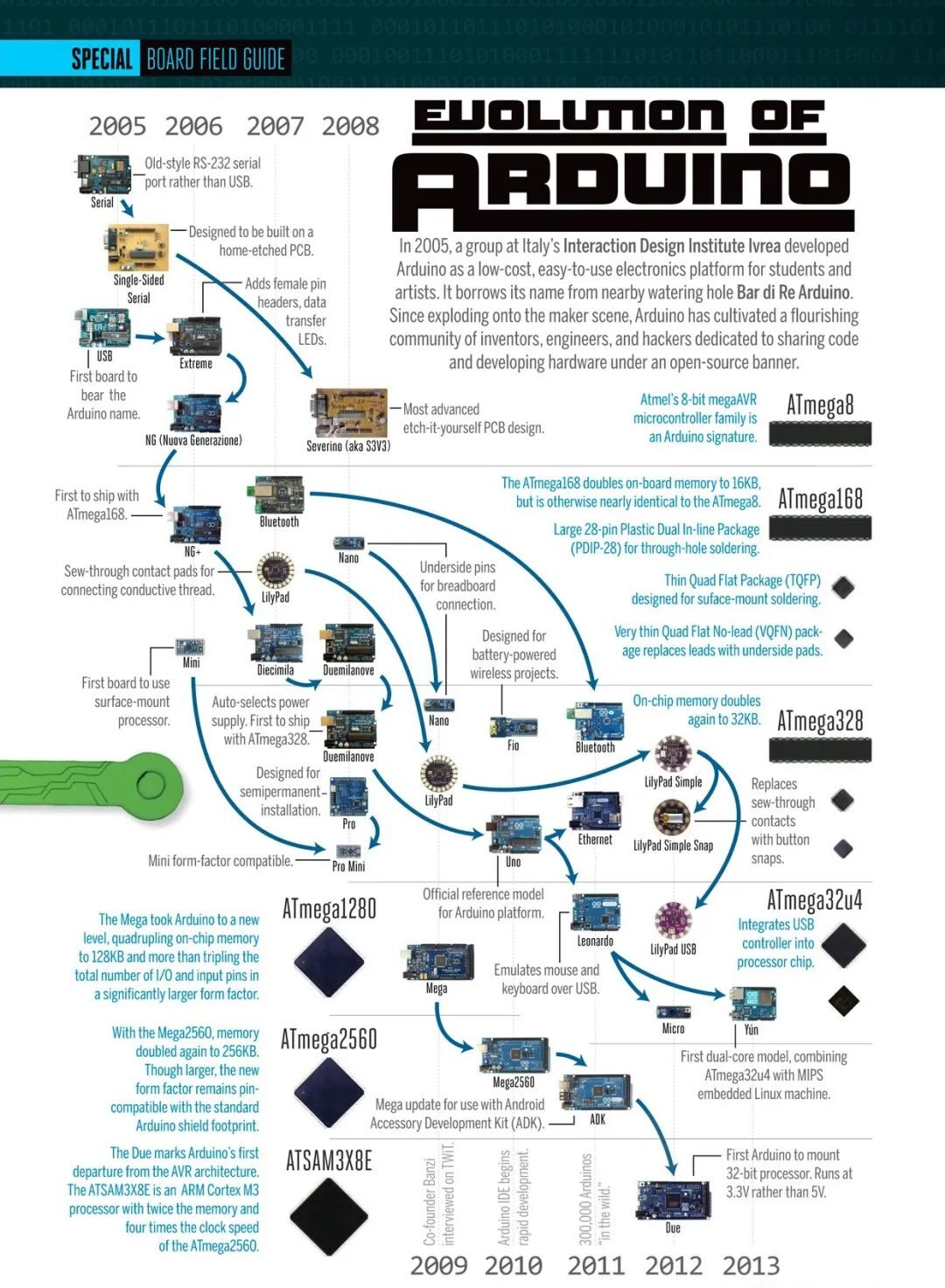
History of Arduino Development (Incomplete Version)
Common Arduino Boards

In terms of technology, Arduino currently uses Atmel AVR-based microcontrollers, employing an open-source hardware platform built on the open-source Simple I/O (Input/Output) interface board, and has a development environment similar to Java and C language called Processing/Wiring. Due to the open-source nature of Arduino, many Arduino hardware has been licensed for production by other companies, with the largest two manufacturers being American companies SparkFun Electronics and Adafruit Industries.
The current mainstream Arduino controllers include:
Arduino Uno (as shown in Figure 1, this model is the latest Rev3 version), which has all the basic functions of Arduino, making it suitable for beginners to try.
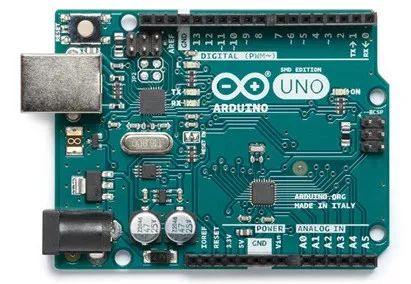
Figure 1 Arduino Uno Rev3 | Source: Arduino Official Website
Arduino Mega (as shown in Figure 2, this model is Arduino Mega 2560, the most common Arduino Mega model controller), which is an enhanced version of Arduino Uno, has more input/output interfaces and a larger program space and memory, allowing it to control more devices.
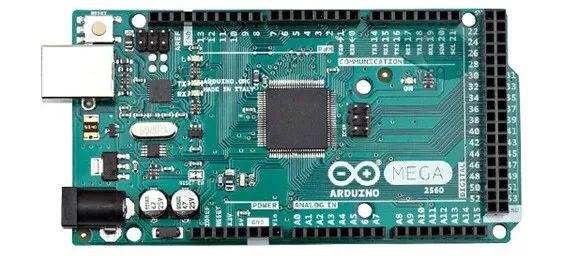
Figure 2 Arduino Mega 2560 | Source: Arduino Official Website
Arduino Leonardo (Figure 3), a new type of Arduino controller launched in 2012, uses the ATmega32u4 microcontroller with integrated USB functionality as the main control chip. It not only has the functions that other Arduino circuits possess but also its greatest feature is the ability to interact with USB devices such as mice and keyboards.

Figure 3 Arduino Leonardo | Source: Arduino Official Website
Arduino Due (Figure 4), the main difference from previous chips is that it uses the 32-bit Atmel SAM3X8E ARM Cortex-M3 CPU as the core control chip. Its basic structural layout is similar to Arduino Mega2560, but its core differences are the integrated multiple peripherals and its performance that surpasses other Arduino control boards. One of its most notable features is its ultra-high frequency (up to 84MHz, usually 16MHz) clock.
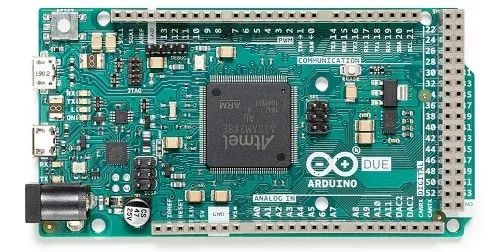
Figure 4 Arduino Due | Source: Arduino Official Website
Arduino Zero (Figure 5) is also a simple yet powerful extension platform based on UNO. Zero has a wide range of uses, including IoT smart devices, wearable smart devices, and complex robots for automated driving. One of its core capabilities is to perform Atmel’s Embedded Debugger (EDBG), which is a debugging port that allows online step debugging, greatly reducing the development difficulty of Arduino.
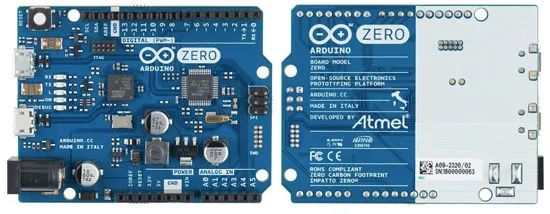
Figure 5 Arduino Zero | Source: Arduino Official Website
ARDUINO UNO WiFi REV2 (Figure 6) is equipped with Microchip’s new 8-bit microprocessor and onboard IMU (Inertial Measurement Unit). For WiFi connectivity, the new ECC608 encryption chip accelerator ensures security. The WiFi module is a standalone SoC with an integrated TCP/IP protocol stack, providing access to Wi-Fi networks or acting as an access point. It also features 14 digital input/output pins – 6 can be used as PWM outputs – 6 analog inputs, USB connection, power socket, ICSP connector, and reset button. It includes everything needed to support the microcontroller. Just connect it to a computer using a USB cable or power it with an AC adapter or battery to get started.
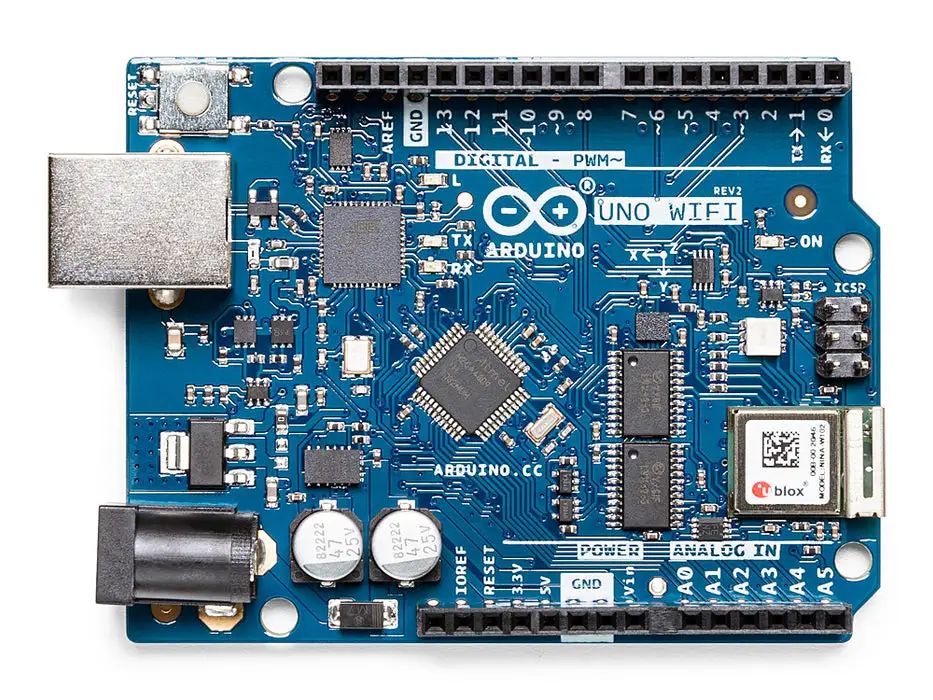
Figure 6 ARDUINO UNO WiFi REV2 | Source: Arduino Official Website
Source: Comprehensive Online Content
Recommended Reading

Add WeChat and reply “Join Group“
We will add you to the technical exchange group!
Domestic chips | Automotive electronics | IoT | New energy | Power supply | Industry | Embedded…..
Reply any content you want to search for in the public account, such as keywords, technical terms, bug codes, etc., and you can easily get professional technical content feedback related to it. Go try it!
If you want to see our articles regularly, you can go to our homepage, click the three small dots in the upper right corner, and click “Set as a star mark”.
Welcome to scan and follow us
